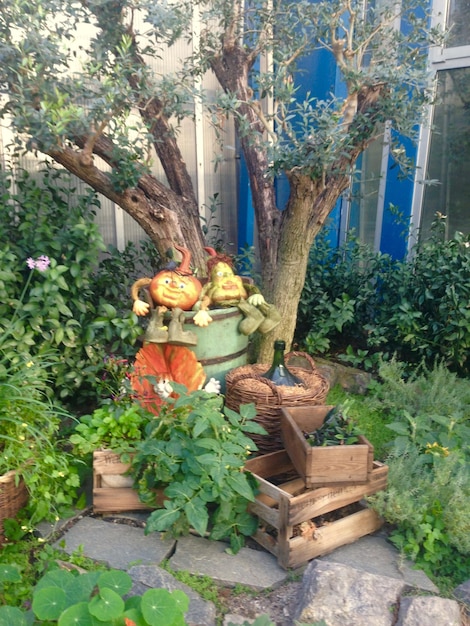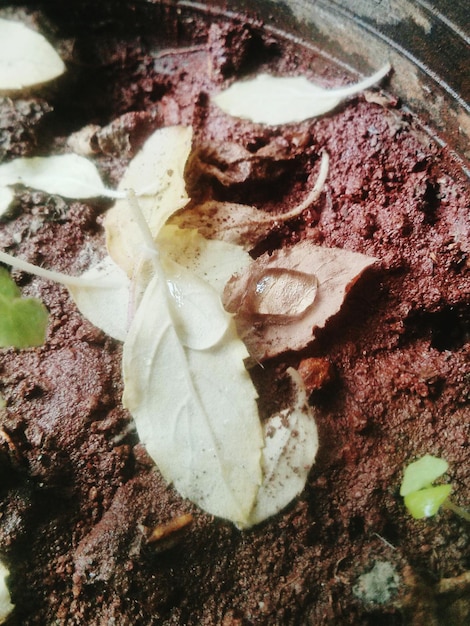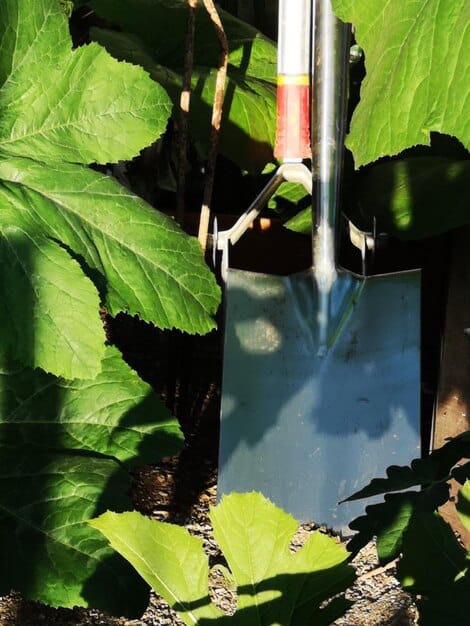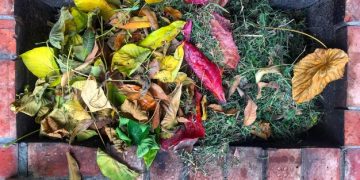Sustainable Gardening for Beginners: Your 3-Month Food Growing Guide

Sustainable gardening for beginners involves embracing eco-friendly practices to cultivate your own food within three months, promoting self-sufficiency and environmental stewardship.
Embarking on the journey of sustainable gardening for beginners: grow your own food in 3 months can seem daunting, but with the right knowledge and approach, it’s an achievable and rewarding endeavor. Imagine harvesting fresh, organic vegetables right from your backyard in just a few months.
Understanding Sustainable Gardening
Sustainable gardening is more than just growing plants; it’s about creating a balanced ecosystem that benefits both you and the environment. It emphasizes reducing waste, conserving resources, and supporting biodiversity.
By choosing sustainable methods, you’re contributing to a healthier planet while enjoying fresh, homegrown produce.
Key Principles of Sustainable Gardening
Sustainable gardening revolves around several core principles that guide your practices. Consider these points to create a truly eco-friendly garden.
- Soil Health: Focus on building healthy soil through composting and avoiding synthetic fertilizers.
- Water Conservation: Use efficient watering techniques like drip irrigation and rainwater harvesting.
- Pest Management: Employ natural pest control methods instead of harmful chemicals.
- Biodiversity: Encourage a diverse array of plants and beneficial insects in your garden.

Incorporating these principles ensures a thriving and environmentally responsible garden.
Planning Your Sustainable Garden
Careful planning is essential for a successful sustainable garden. Consider your space, climate, and the types of plants you want to grow.
This initial planning phase sets the stage for a bountiful harvest and a flourishing ecosystem.
Assessing Your Space and Climate
Begin by evaluating your available space and understanding your local climate conditions. These factors will influence your plant choices and gardening techniques.
Consider the amount of sunlight your garden receives and the type of soil you have.
- Sunlight: Most vegetables need at least 6 hours of sunlight per day.
- Soil Type: Conduct a soil test to determine its pH level and nutrient composition.
- Climate: Choose plants that are well-suited to your region’s climate and growing season.
Understanding these elements ensures you start with the right foundation.
Preparing Your Garden Bed
Preparing your garden bed properly is crucial for healthy plant growth. This involves improving soil quality, adding organic matter, and ensuring good drainage.
A well-prepared garden bed provides the ideal environment for your plants to thrive.
Improving Soil Quality
Enhancing soil quality is a cornerstone of sustainable gardening. Incorporating organic matter and avoiding synthetic chemicals promotes a healthy soil ecosystem.
Amend your soil with compost, aged manure, or other organic materials.
- Composting: Add homemade compost to enrich the soil with nutrients.
- Cover Crops: Plant cover crops like clover or buckwheat to improve soil structure.
- No-Till Gardening: Minimize soil disturbance to protect beneficial soil organisms.
These methods contribute to a fertile and sustainable garden bed.
Choosing the Right Plants
Selecting the right plants is vital for a productive and sustainable garden. Focus on varieties that are well-suited to your climate and resist pests and diseases.
Opting for appropriate plants ensures a higher success rate and reduces the need for interventions.
Selecting Suitable Varieties
Choose plant varieties that are known to perform well in your region and growing conditions. Consider heirloom and open-pollinated seeds for sustainability.
Growing plants that are adapted to your local environment minimizes water and fertilizer requirements.
- Heirloom Seeds: Offer genetic diversity and are often well-suited to local conditions.
- Native Plants: Support local ecosystems and require less maintenance.
- Companion Planting: Plant beneficial combinations of plants together to deter pests.
Selecting the right plants can make a significant difference in your garden’s success.
Watering and Pest Management
Effective watering techniques and natural pest management strategies are essential components of sustainable gardening. These practices conserve resources and protect the environment.
Implementing these methods ensures your garden remains healthy and productive.
Efficient Watering Techniques
Conserve water by using efficient irrigation methods that deliver water directly to the roots of your plants. This minimizes water waste and promotes healthy growth.
Employ techniques like drip irrigation and soaker hoses.

- Drip Irrigation: Delivers water slowly and directly to the roots, reducing evaporation.
- Rainwater Harvesting: Collect rainwater in barrels for use in your garden.
- Mulching: Apply mulch around plants to retain moisture and suppress weeds.
By using these watering techniques, you can conserve water and improve plant health.
Natural Pest Control Methods
Avoid synthetic pesticides and use natural methods to manage pests in your garden. This protects beneficial insects and prevents environmental contamination.
Employ strategies like companion planting and introducing beneficial insects.
- Companion Planting: Plant herbs like basil and marigolds to repel pests.
- Beneficial Insects: Encourage ladybugs and lacewings to prey on aphids and other pests.
- Handpicking: Remove pests manually from your plants.
These natural methods provide effective and sustainable pest control.
Harvesting and Extending the Season
Harvesting your crops at the right time ensures the best flavor and yield. Additionally, extending your growing season allows you to enjoy fresh produce for a longer period.
Timing your harvests and implementing season extension techniques enhances your gardening experience.
Harvesting at the Right Time
Harvest vegetables and fruits at their peak ripeness for the best flavor and nutritional value. Knowing when to harvest each crop is crucial for maximizing your yields.
Observe your plants closely and harvest when they reach their optimal size and color.
- Tomatoes: Harvest when they are fully colored and slightly soft to the touch.
- Lettuce: Cut leaves when they are young and tender.
- Peppers: Harvest when they reach their mature color and size.
Harvesting at the right time ensures you enjoy the best quality produce.
| Key Point | Brief Description |
|---|---|
| 🌱 Soil Health | Compost and avoid synthetic fertilizers. |
| 💧 Water Conservation | Use drip irrigation and rainwater harvesting. |
| 🐛 Pest Management | Employ natural pest control methods. |
| 🌻 Biodiversity | Encourage diverse plants and beneficial insects. |
Frequently Asked Questions
▼
Sustainable gardening is an eco-friendly approach to growing plants that focuses on conserving resources, minimizing waste, and promoting biodiversity to create a healthy ecosystem.
▼
You can improve soil quality by adding organic matter like compost and aged manure, using cover crops, and practicing no-till gardening to enhance soil structure and fertility.
▼
Efficient watering techniques include drip irrigation, which delivers water directly to the roots, rainwater harvesting, and mulching to retain soil moisture and reduce evaporation.
▼
Natural pest control methods include companion planting with pest-repelling plants, introducing beneficial insects like ladybugs, and handpicking pests off your plants regularly.
▼
Good beginner plants include lettuce, tomatoes, zucchini, and herbs like basil and mint, as they are relatively easy to grow and can thrive in various conditions with proper care.
Conclusion
Starting a sustainable garden for beginners: grow your own food in 3 months is an achievable goal with careful planning and consistent effort. By focusing on soil health, water conservation, natural pest management, and the right plant selection, you can create a thriving garden that not only provides fresh produce but also contributes to a healthier environment. Embrace these practices, and you’ll be well on your way to enjoying the rewards of sustainable gardening in just three months.





